![]()
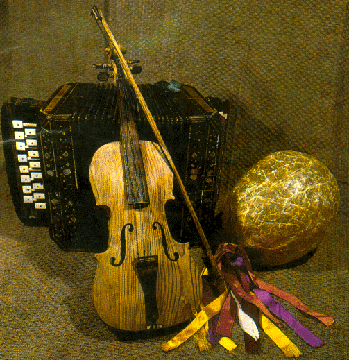 Belarusian Folk Musical Instruments
and Folk Music
Belarusian Folk Musical Instruments
and Folk Music
|
|
|
 Horn
or "Roh"
Horn
or "Roh"
- in Belarus
horn is whole - it doesn not have finger playing holes, and is made out of
natural horns of cattle - bull, cow, ram - or wood - birch, maple, spruce. The
horns made of cattle horns have a grove arond narrow entrance end. The player
inserts it into the right side of mouth and can extract from one to three
sounds. Thes three sounds comprize simple signal melodies played by shepards and
hunters. The animal horns were used in Southern Belarus - Palesse and
Mahilyow region. While in Northern Belarus much more complicated wooden horns
were built. Here's how Ch. Piatkevich describes the design of woioden horn:
"A horn for calling hounds and trumpeting certain hunting signals each
hunter can make from particularly bent branch of pine, which is easy to find
among those old pines cut down for resin collection. The selected piece of would
should be dried well, shaped with axe, then plane or nife, and finally filed. It
is then ctu in to halves along its legth. The center is taken out by chisel
(hand only, no hammering!) to achieve evenn thickness of walls. After that
two holves are glued together with bone glue. When the glue is dry - the horn is
filed outside again and entire pipe is wrapped with a layer of fine hemp rope,
one turn touching another, wetted in a rare glue.
When after that horn is sowed around with wet leather and is binded with white tin. Binding is comprized from three hoops - two wide ones at the ends (inside and outside), and one narrow at the middle (outside, with a ring attached for a carrying belt). To preserve horn from humidity, which degrades sound, a hunter covers inside of horn with a mix of rosin and animal fat (hare fat, preferably). The narrow blowing end has a short mouth-piece, made of animal horn. The described horn Ch. Piatkevich used in the horse-mounted hunt for moose with hounds.
Below is the simple shepard's horn call for cows:
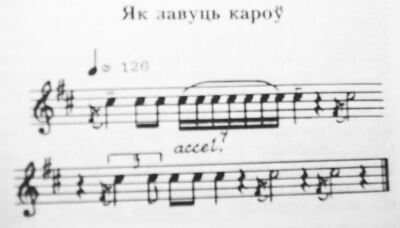
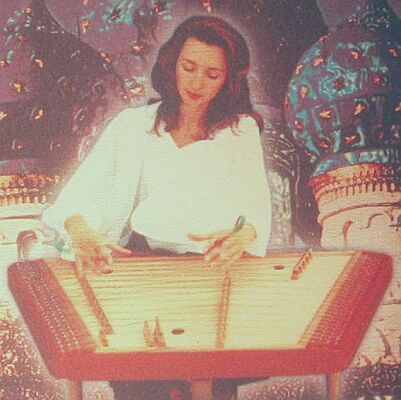 Hammer
Dulcimer
or "Cymbaly"
Hammer
Dulcimer
or "Cymbaly"
It is not known exactly whether Belarusian
cymbaly were invented by our ancestors or brought by travelling musicians. There
is a theory that cymbaly were brought to Belarus (back then Grand Duchy of
Lithuania) by Germans in XII-XIII centuries. Hand picked version of cymbaly -
"goosli' - existed from even earlier times in Eastern Slavic culture. The
first written mention of cymbaly in Belarusian docum,ents dates XIV century.
Knowing how widely spread is hammer dulcimer in the Old World - from Israel to
Ireland - it is hard to track where the instrument originated from. Even more
ancoient lyra and harp are also related to cymbaly in design.
Basic design of cymbaly is an trapezoidal void wooden resonator and steel strings on metal screws ("kalki"), stretched along it and tuned to particular tone by a key. The design of cymbaly varies significantly from one region in Belarus to another. Size, number of strings, number of strings per note, harmonic sequence - all could vary. The most important part that determines sound of cymbaly is upper deck - "hrudzi"("breasts"). It is normally made from thin-layered (thin growth rings) spruce. Each master has his own recipe of how to choose spruce that has great sound. M.M. Miron from Dziahil'na (Minsk voblasc') chooses spruce that grew in the sun and has bright color of wood. V.M. Novik from pazharcy village (Vitebsk voblasc') looks for spruce with slow growth - did not grew higher than 15m high and 20cm thick. Some masters knock on spruces trunk and listen to it's sound. The wood is supposed to be dried slowly in shadow - the longer the better. Dry wood is then cut by saw into thin boards, which are then straightened with plane. Already at this stage one can knock on board and hear its sound. The good board vibrates and sounds almost as a string itself.
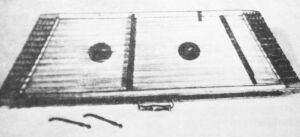 The
upper deck is mounted on frame, which consists of two side wooden blocks -
""bakaviny", "luchki", "lucy",
"halouki", top and bottom blocks and two internal blocks - "rejki",
"prakladziny", belechki". All parts of frame are made from hard
wood - oak, beech, maple, special types of birch("chachotka", "mezhavataia").
The upper deck can be made either from single board or glued from several boards
with bone glue. Two spruce blocks - "dushki" ("souls") - are
glued to the inside of the upper board to support it from collapsing under
tension of strings and distribute acoustic vibration. There are also two
openings in upper deck to let the sound out from resonator - normally round
holes in Belarusian cymbals - the most ancient form. The lower deck, closing
resonator - "niz", "spod", "plechy"
("shoulders) - don't impact on the quality of sound and are made of
different types of wood. The strings are sitting on two or three wooden blocks -
"koniki", "kabylki", "kozliki" - installed onto
upper deck. The number of rows of strings-"voices" ("halasou")varies
from 12 to 24. The number of strings in one band ("pasma") forming
single sound - varies from 4 to 8. An increased number of strings was caused by
necessity to compete with more recent violins in the total sound of the band.
Wooden sticks - "kruchki" - are used to strike cymbaly to make the
sound.
The
upper deck is mounted on frame, which consists of two side wooden blocks -
""bakaviny", "luchki", "lucy",
"halouki", top and bottom blocks and two internal blocks - "rejki",
"prakladziny", belechki". All parts of frame are made from hard
wood - oak, beech, maple, special types of birch("chachotka", "mezhavataia").
The upper deck can be made either from single board or glued from several boards
with bone glue. Two spruce blocks - "dushki" ("souls") - are
glued to the inside of the upper board to support it from collapsing under
tension of strings and distribute acoustic vibration. There are also two
openings in upper deck to let the sound out from resonator - normally round
holes in Belarusian cymbals - the most ancient form. The lower deck, closing
resonator - "niz", "spod", "plechy"
("shoulders) - don't impact on the quality of sound and are made of
different types of wood. The strings are sitting on two or three wooden blocks -
"koniki", "kabylki", "kozliki" - installed onto
upper deck. The number of rows of strings-"voices" ("halasou")varies
from 12 to 24. The number of strings in one band ("pasma") forming
single sound - varies from 4 to 8. An increased number of strings was caused by
necessity to compete with more recent violins in the total sound of the band.
Wooden sticks - "kruchki" - are used to strike cymbaly to make the
sound.
Cymbaly tune
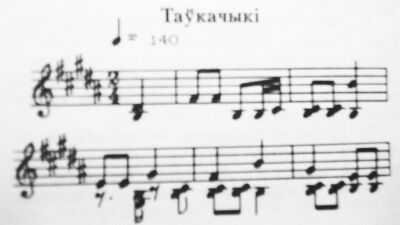

Related Links:
Cymbalom.org - Official site of Cymbalom World Association. Here you can see how widely spread is this instrument called in various countries Cymbaly, Cymbal, Cymbalom,Dulcimer, Hackbrett, Santour, etc.
The top photo is of Olga Mischula - a virtuoso cymbaly player from Belarus. You can buy her CDs here. Still her performance of Bach on cymbaly freaks me out a bit :)
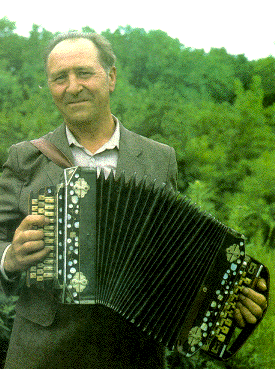 Button
accordion
or "Harmonik"
Button
accordion
or "Harmonik"
"Harmonik" in Belarus is called any
pneumatic instrument based on vibration of thin steel plate - "tongue"
("iazychok", "pishchyk", "holas") activated by
airflow. Air bellows could be compressed by hands - button accordeon, foot
pedal - fisharmony, ventilator - organella, blown by lungs - harmonica. Button
Accordeons have appeared in Belarus starting from 1860ies. "Viena"
("venskaia") harmonik came from Germany (through Poland). "Foot
Pedal"("Pedaliouka") harmonik, in which air was blown through a
tube by foot padal, came from Poland. "Petrahradka" harmonik with both
two and three row of buttons came from Russia. Sometimes "Italian"
("Ital'ianka") harmoniks (difference was in top register missing),
were found in Belarus too. The most establish in today's Belarus
"Chromatic"("Chromka") accordeon also came from Russia. It
has buttons on both sides: 23-25 buttons on "melodic" right side, and
12 buttons on "bass" right side. Today foreign Harmonik squized out
most of the original Belarusian folk musical instruments in different village
bands. The usual composition of village bands is: harmonik, buben (or Turkish
drum), violin or cymbaly. The more sophisticated traditional bands - so called
"capellas" - add to harmonik clarinet, violin and drum (small bands)
or in biger bands - violins (usually two), several cymbaly, clarinet, buben and
triangle.
"Kryzhachok" is a popular Belarusian folk dance. It is performed by bands in any compositions or even solo on harmonik, cymbaly or mandolin:
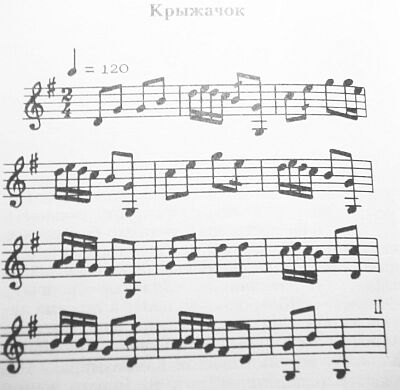
Two other dance tunes are here and here.
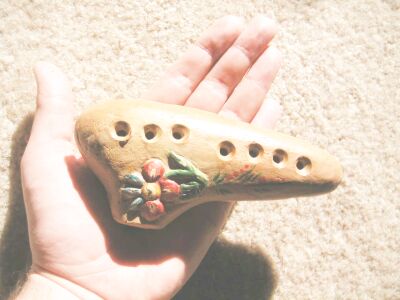 Akaryna
Akaryna
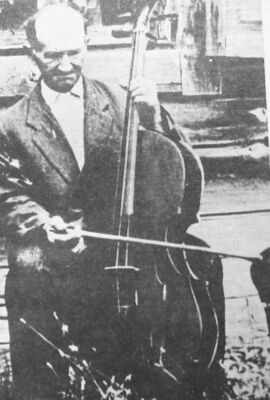 Basotlia
Basotlia
Buben and violin from Palesse region
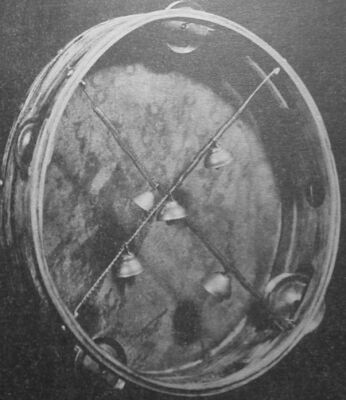
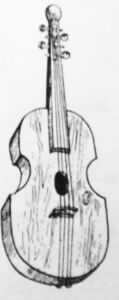
Polka for violin and buben:
This is one of the most ancient instruments used in Belarus. Easy to make from any branch it was wide spread and popular. Click on the image to listen to a short tune on Belarusian pipe
A variety of Dudka made from rye straw is called "Zhalejka" or "Dudachka" in Minsk region, "Pishchyk" in Palesse:

Wedding tune for dudka

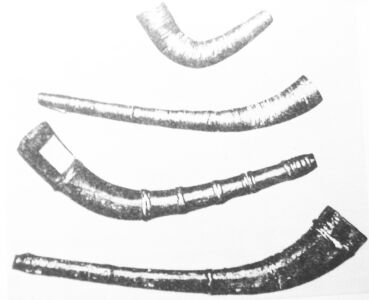 Trumpet
or "Truba"
Trumpet
or "Truba"
was
used
by shepards. Below is a simple tune played by shepards in the morning as they
were passing through the village a collecting cows from different yards for a
day. This would signal the owners to let their cattle out:
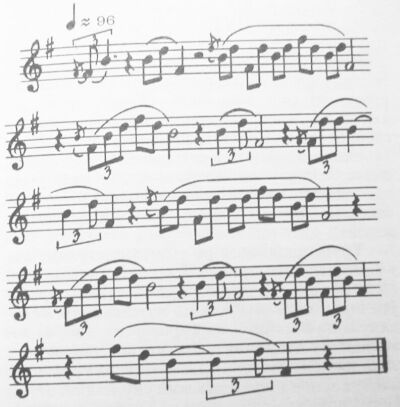
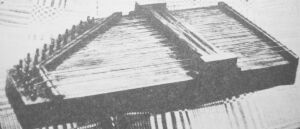 "Cytra"
"Cytra"
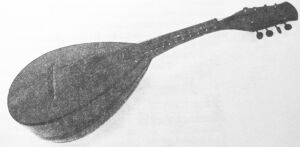 "Mandalina"
"Mandalina"
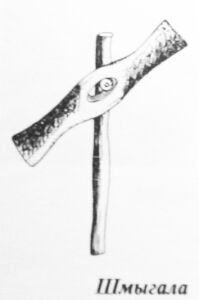
"Shmyhala"
was
attached to a poll in the field and activated by wind. When it started to turn
it would shift on the axis due to elongated hole on which it was rotating. This would
produce continuous knocking sounds transferring acoustic vibration into the
ground and to scare off moles. it's acoustic "scare-crow" for moles.
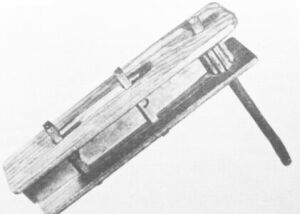 "Trashchotka"
"Trashchotka"
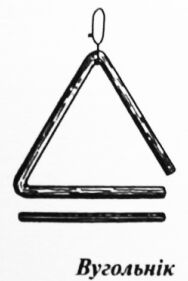 "Vuhol'nik"
"Vuhol'nik"
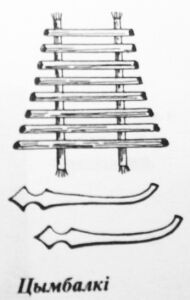 "Cymbalki"
"Cymbalki"
 "Kliakotki"
"Kliakotki"
 "Kliashchotki"
"Kliashchotki"
References used in this file:
- The original pictures were sent to us by Piotr Wiench.
- The text of this page is to big extent based on this book:
"Belarusian Folk Musical Instruments"("Belaruskiia Narodnyia Muzychnyia Instrumenty") by I.D. Nazina, Minsk - 1997, Publishing house "Belarus", ISBN 985-01-0061-3Links:
- Belarusian Folk Music - our historic page where you can here some folk tunes
- Losses and their Return. Moscow Archive carried to us through times voices of the past. An article in Belarusian by Natallia Yakaniuk about historic Belarusian musical records of early XX century.
- Antropomorpism and Belarusian Musical Instruments (in Belarusian).
 This file is a part of
the Virtual Guide to Belarus - a collaborative project
of Belarusian scientists and professionals
abroad. VG brings you the most extensive compilation of the information about Belarus on
the Web.
This file is a part of
the Virtual Guide to Belarus - a collaborative project
of Belarusian scientists and professionals
abroad. VG brings you the most extensive compilation of the information about Belarus on
the Web.
Please send your comments to the authors of VG to
Belarus
History | Statehood | Culture | Law and
Politics | Cities | Nature and Geography |
©1994-04 VG to Belarus
Disclaimer